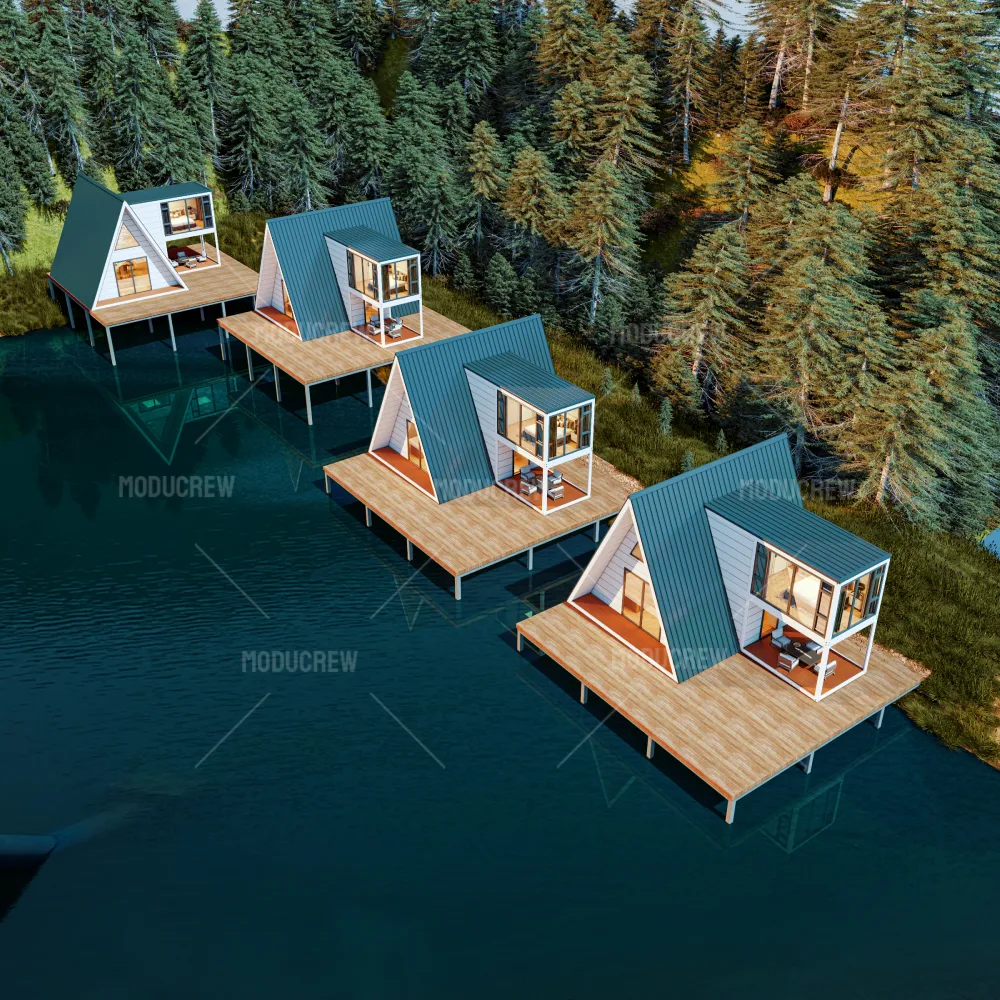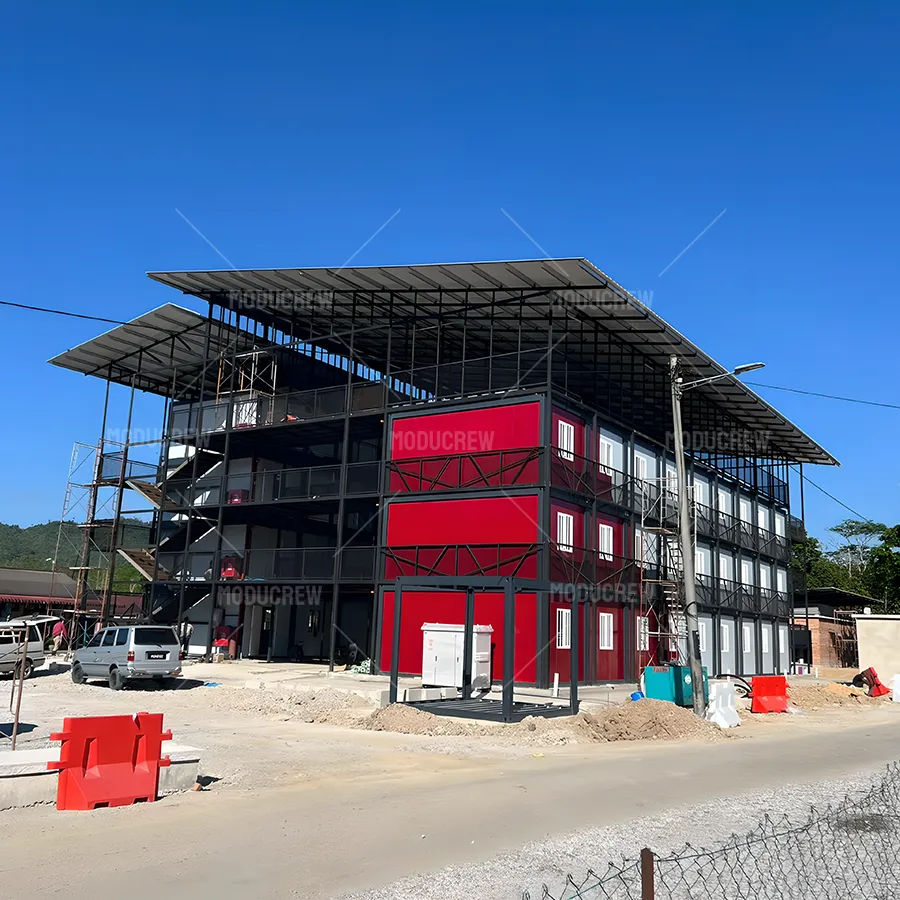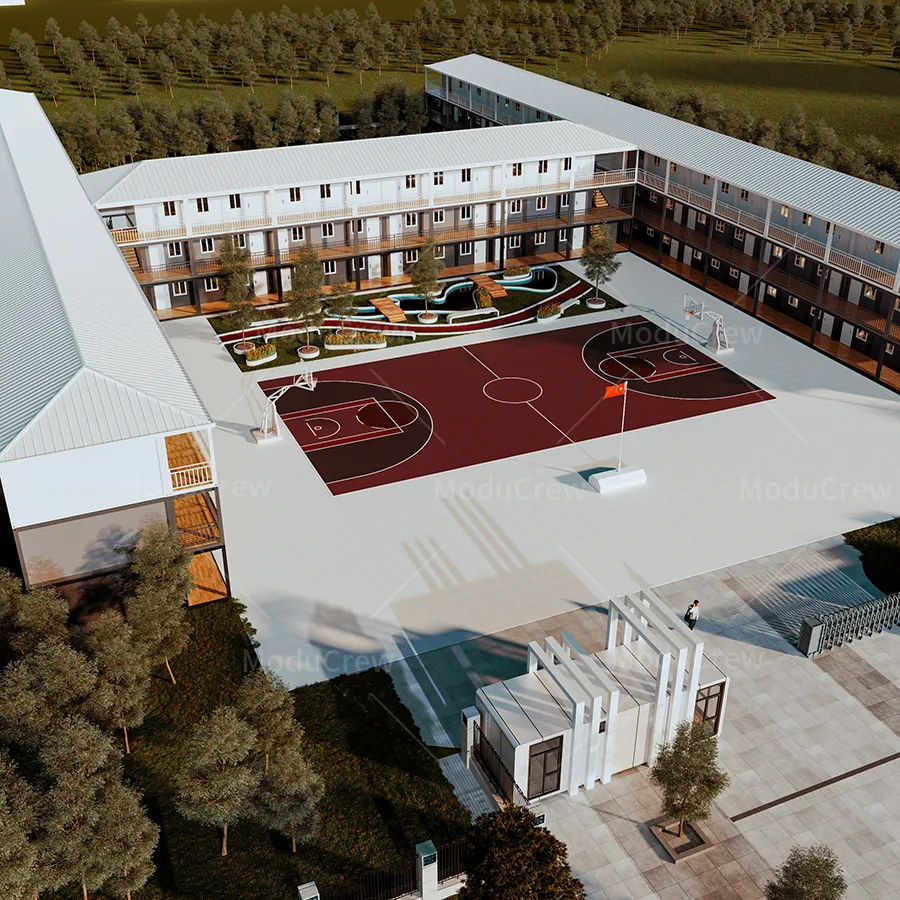Business Street
Prefabricated Business Street
Commercial real estate development faces the dual pressures of rapid market changes, diverse tenant demands, and project timelines and costs. Traditional commercial street construction is not only lengthy and expensive but also limited in flexibility and scalability, making it difficult to adapt to the continually evolving preferences of consumers and the rapid iteration of new retail formats.
Modular construction, including prefabricated retail units, containerized shops, and modular dining spaces, offers a revolutionary solution for the development of commercial streets. We can achieve rapid construction and save construction time through factory prefabrication and rapid on-site assembly, significantly reducing upfront investment and overall construction costs. This approach gives commercial streets great flexibility, allowing for easy adjustment of layouts, addition or reduction of units, and even themed transformations according to market needs,resulting in higher cost effectiveness. By optimizing space design and integrating energy-saving and environmentally friendly technologies, modular commercial streets can not only attract foot traffic but also achieve sustainable business operations.
Respond Quickly to Market Changes and Seize Commercial Opportunities
In the highly competitive commercial real estate market, quickly launching innovative retail or dining spaces is key to seizing market opportunities, attracting customers, and tenants. The conventional construction methods are associated with long construction cycles, often missing the best time to enter the market, resulting in delays in project rental income and extend investment payback periods.
The core advantage of our prefabricated commercial street solution lies in its rapid construction capability. Through factory production and modular design, the construction process of commercial streets is greatly shortened, typically completed in a matter of months, rather than the yearly cycle of traditional methods. This advantage of saving construction time enables developers to quickly respond to market changes, such as rapidly deploying new commercial experience areas in emerging regions or adding special shops next to existing commercial complexes, thereby seizing the first opportunity, attracting high-quality tenants, and achieving rental income faster. For example, a tourist resort needed to quickly create a catering and shopping street with local characteristics. Through the quick construction of prefabricated modular units, we successfully delivered it before the peak tourist season, injecting new vitality into the local economy and receiving unanimous praise from developers and tourists.


Reduce Investment Risks and Improve the Economic Benefits of Commercial Real Estate Projects
Commercial real estate projects require huge investments, and their cost-effectiveness and return on investment are the indicators that developers are most concerned about. In traditional construction processes, factors such as material cost fluctuations, complex on-site construction management, and weather impacts can all lead to project budget overruns, increasing developers’ financial risks.
Modular commercial street achieves precise cost control through factory-based, standardized production processes, providing excellent cost-effectiveness. The pre-fabricated, safely stable units mean that the complexity and risks of on-site construction are greatly reduced. In addition, the flexibility of modular design also provides more options for later operations: when the demand for a certain store changes, it can be relatively easily transformed or replaced without large-scale demolition and reconstruction, which further reduces the long-term operation reduces risks and costs. For example, some developers use our containerized shops to quickly test the market to test the market, proving business models at a low cost. Once successful, these modular units can be easily integrated into larger commercial complexes or upgraded and renovated, achieving low-cost trial and error and iteration, maximizing return on investment.








